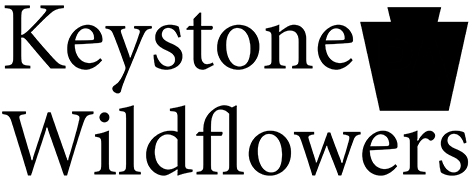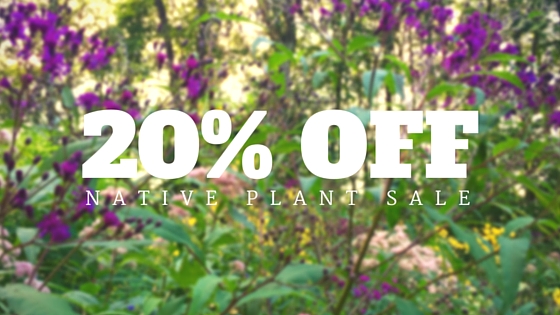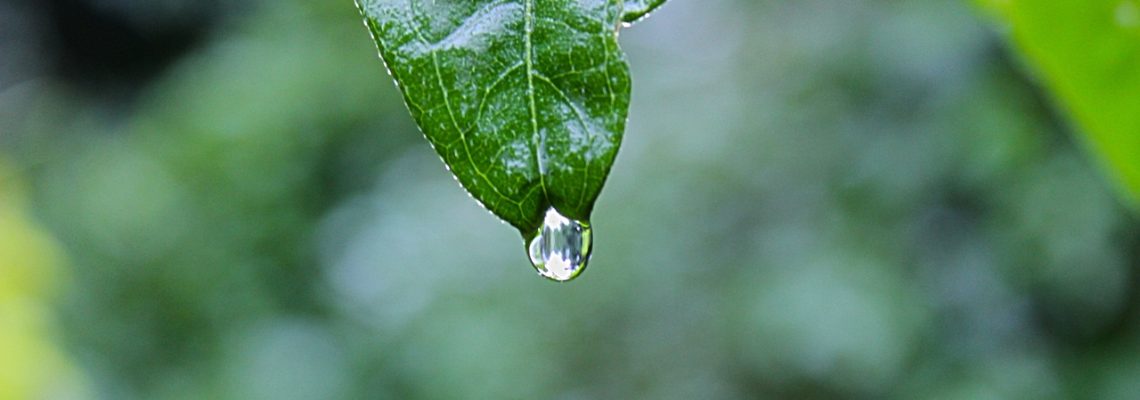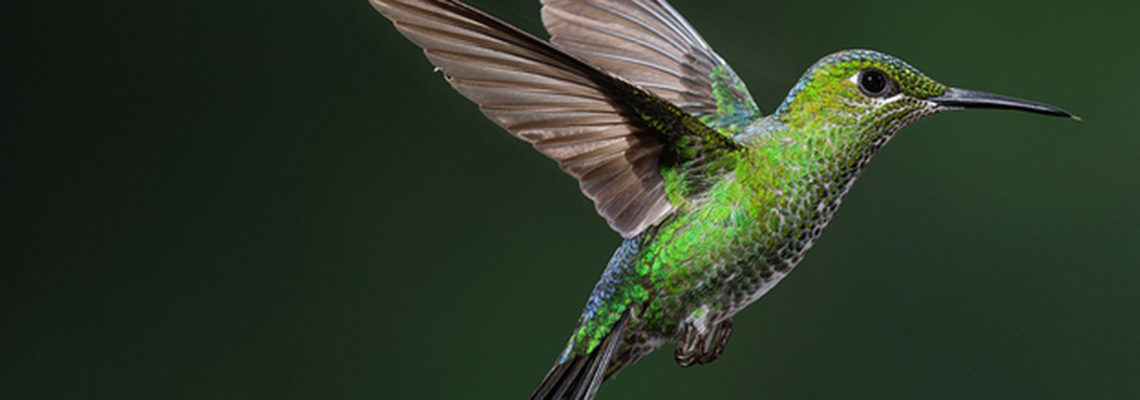We’re clearing out the greenhouse here at Keystone Wildflowers to make room for next season! Naturalize your meadow or garden with native plants that support pollinators, and save 20% off select native plants for a limited time only.
Plant varieties available for a limited time only
- Cardinal Flower
- Showy Goldenrod
- White Aster
- Boneset
- Butterfly Weed
- Wild Petunia
- Virginia Mountain Mint
- Dog-Toothed Daisy
- Yellow Coneflower
- Evergreen Goldenrod
- Blue Mist Flower
- Smooth Blue Aster
- Sweet Black-Eyed Susan
- Old Field Goldenrod
- False Aster
- Foxglove Beardtongue
- Hair Penstemon
- Great St. John’s Wort
- Doll’s Eyes
- Turtlehead
- New Jersey Tea
- Brown-Eyed Susan
- Spotted Joe Pye Weed
- Lance-leaf Coreopsis
- Showy Mountain Mint
Discounted native plants are available in various container sizes: 72 or 30 count trays, trade gallons or quarts.
For more details or to place an order, please contact us at bill@keystonewildflowers.com.





